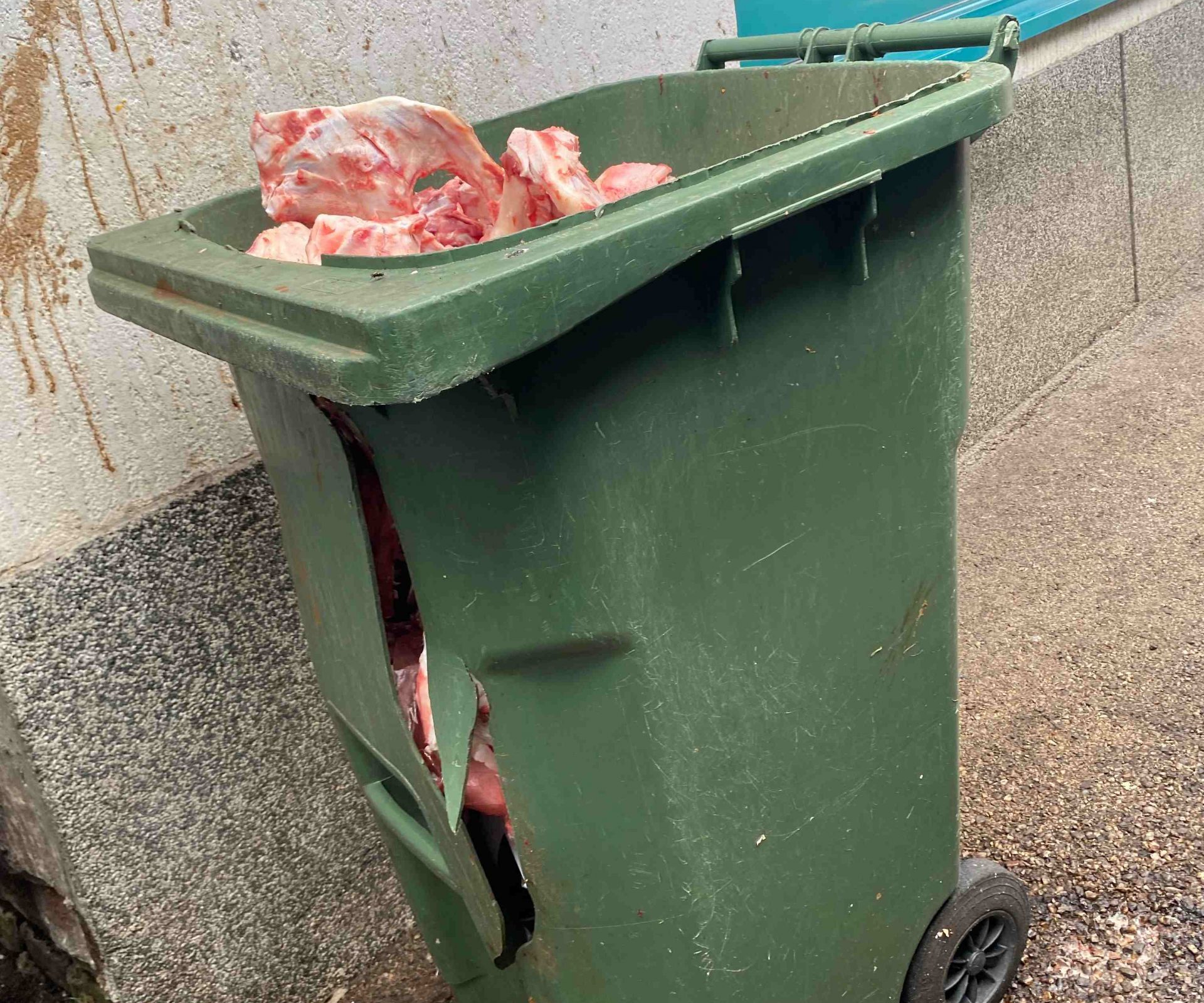
PROJECT
The School of Two-Sided Integration
Despite the fact that, due to political, social and economic migration, society evolves and changes for everyone, only one part of the population is expected – often forced – to actively react to that change and to undergo an integration course: migrants, Others. This research by Sandra Sara Raes Oklobdzija is an attempt towards changing that perspective by suggesting rather two-sided approach and so drawing on an adequate model for co-existence. It is assumed that the migration can no longer be seen as an action taken by the Other but rather as a co- creation, concentrated around the social commons where all the actors (locals and non-locals) are having (taking?) an active role.
Throughout the numerous participative art-processes, Sara will be focusing on re-examination (diagnosing) and remodelling (correcting) of the relationship between local and non-local population, while equally relaying on actuality as on history.
Usually written by the ‘winners’, history teaches us carefully chosen facts about the crimes committed and the heroism attained. In contrast, this research-project chooses to focus on a history that often disposes the criminal acts of ‘not acting’ in circumstances of smaller or larger socio-political hazards (eg.COVID, war etc.). Having lived in Belgium for ten years now, Sara observed how the local community, when it comes to questions of migration and integration, often takes a neutral stance with an almost childish sense of ease. On one side there is a naive believe in simply having the right to do so while on the other side there is an almost paralyzing fear of making a mistake or being seen as politically incorrect.
How to perform a certain reset of this passive social condition, and how to engage those suffering from ‘indifferent citizen syndrome’? What does it mean to witness violence that is undeniably present but mostly represented through its own absence?
As an artist, artivist and researcher, Sara is mostly interested in creating, but also generating and documenting that process of community-making through engaged artistic practice. Through hybrid and conceptual formats (installation, ad-hock performance, theatre play, video essay) She wishes to build very actual ‘social models’. By hijacking the artwork she hopes to stimulate a process that could encourage gradual social change, leading us towards a functional host society.